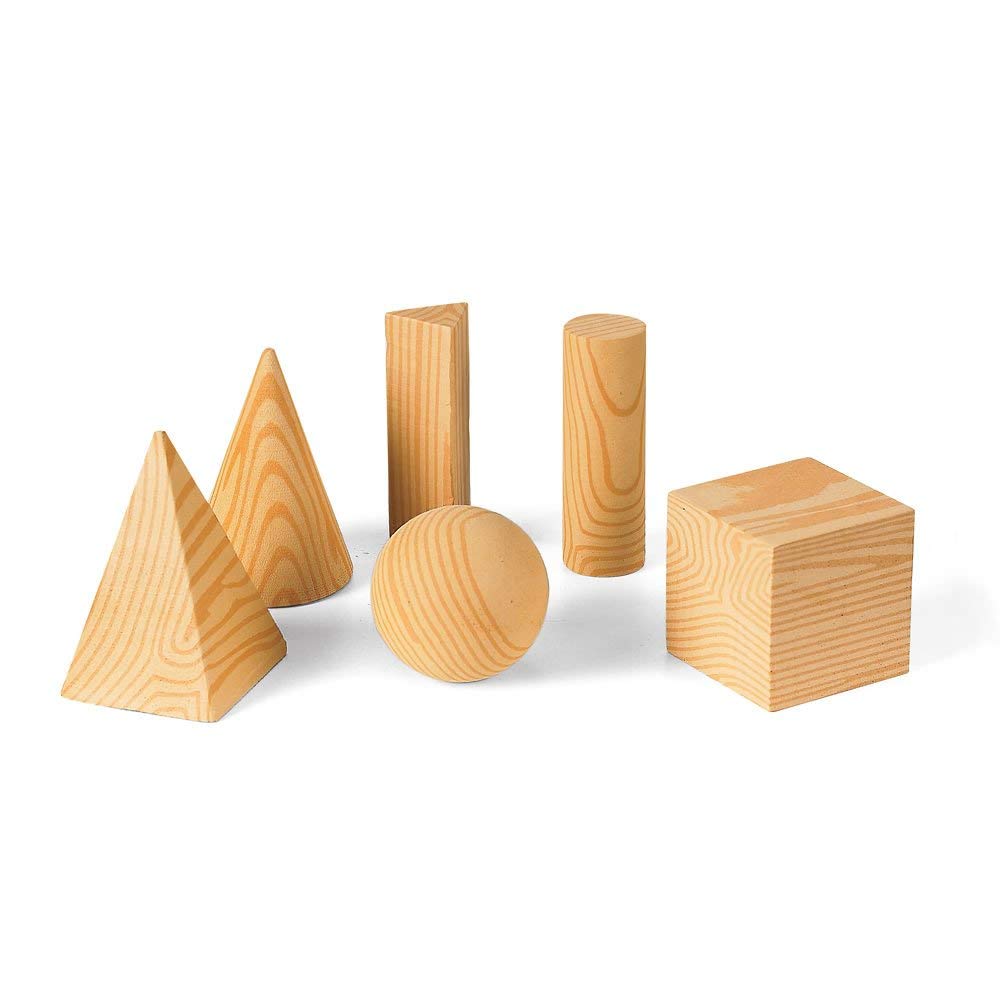CREATIVITY & DARINGS
Prototyping and Model Making
Prototyping and model making using wood is a tactile and versatile method employed across various industries, from product design to architecture. Wood offers a natural, renewable resource that is easy to manipulate and shape, making it ideal for creating prototypes and models.
Wood prototypes allow designers and engineers to visualize their concepts in three dimensions, facilitating a hands-on approach to design iteration and refinement. With wood's ability to be easily carved, sanded, and joined, intricate details can be incorporated into prototypes with precision.
Wood prototypes and models can range from simple proof-of-concept mock-ups to highly detailed representations of final products or structures. They serve as valuable tools for communicating ideas, testing functionality, and assessing aesthetic qualities before committing to more costly production processes.
Overall, prototyping and model making with wood offer a tangible and effective means of bringing design concepts to life, enabling creators to explore, refine, and ultimately realize their visions with precision and creativity.
Conceptual Models
These are basic representations used to visualize initial design concepts. They can be rough, quick prototypes that help in brainstorming and exploring ideas.

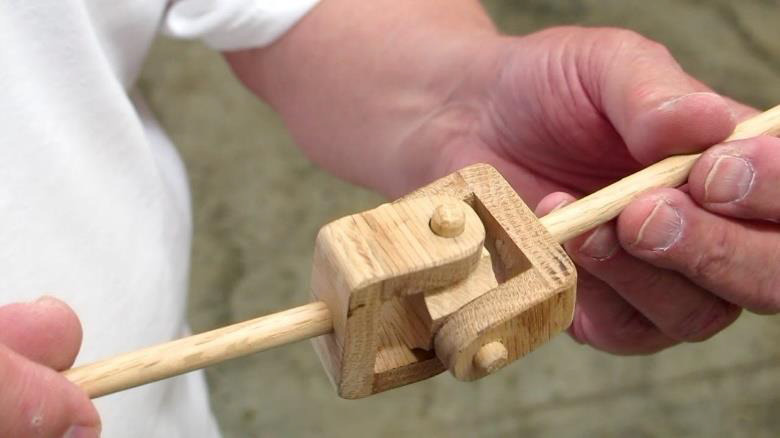
Functional Prototypes
Functional prototypes are more detailed models that focus on testing the functionality and performance of a design. Wood can be shaped and assembled to create prototypes that closely mimic the final product's mechanics and operation.
Architectural Models
Wood is commonly used in creating architectural models due to its ease of manipulation and aesthetic appeal. These models help architects and urban planners visualize buildings and landscapes in three dimensions, aiding in design development and communication with clients.
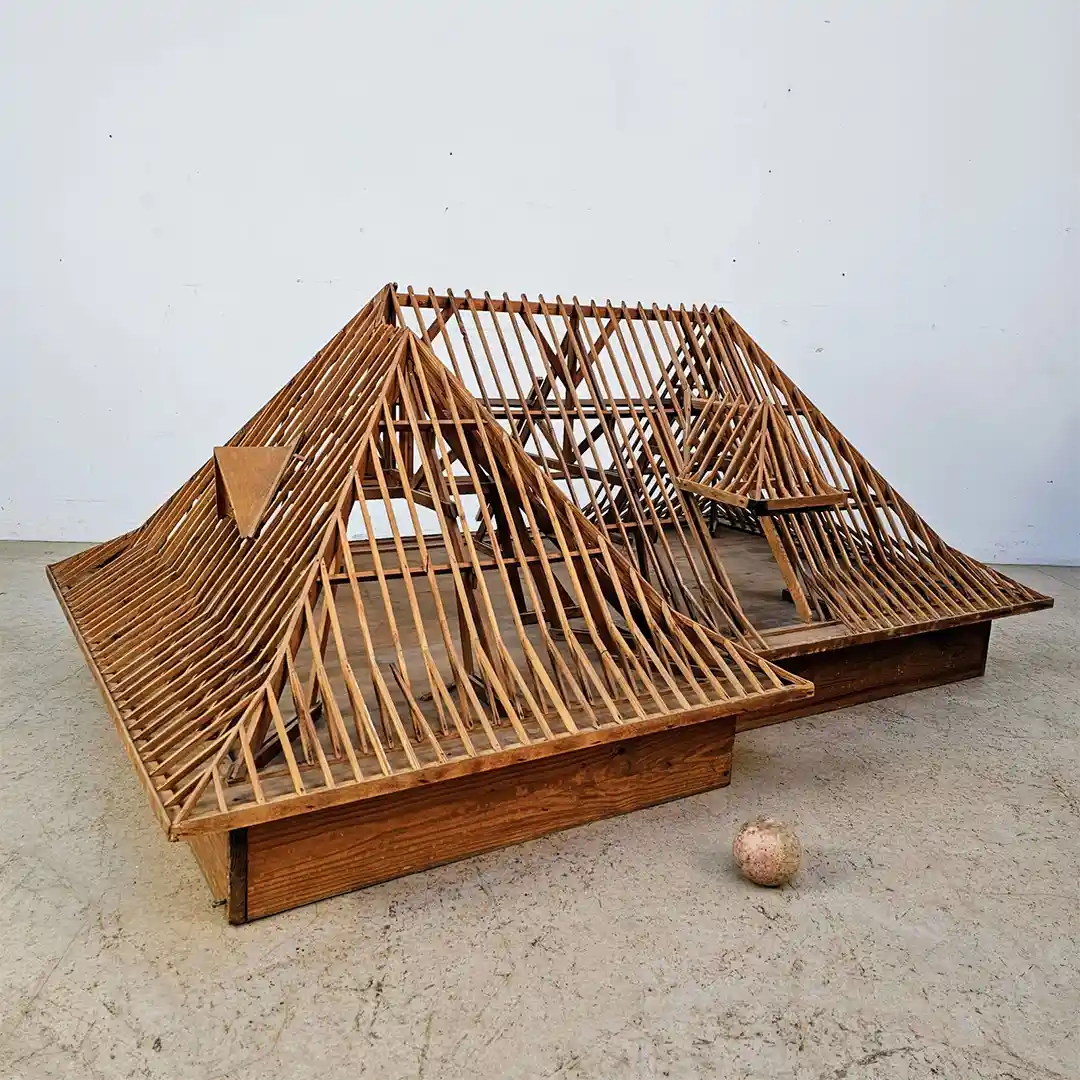
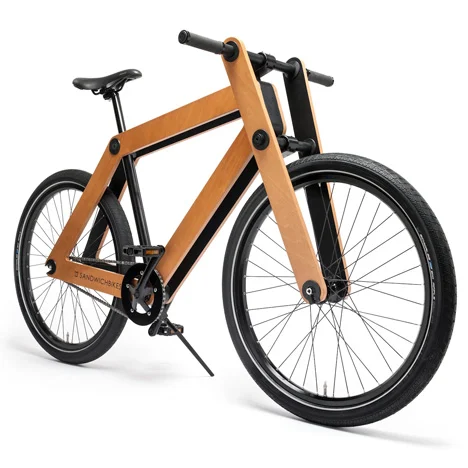
Product Design Prototypes
Wood prototypes are valuable in product design for testing ergonomics, aesthetics, and usability. They can range from simple mock-ups to intricate models that simulate the final product's appearance and feel.
Scale Models
Wood is often used to create scale models of larger objects such as ships, airplanes, and vehicles. These models can be highly detailed and serve educational, display, or prototyping purposes.
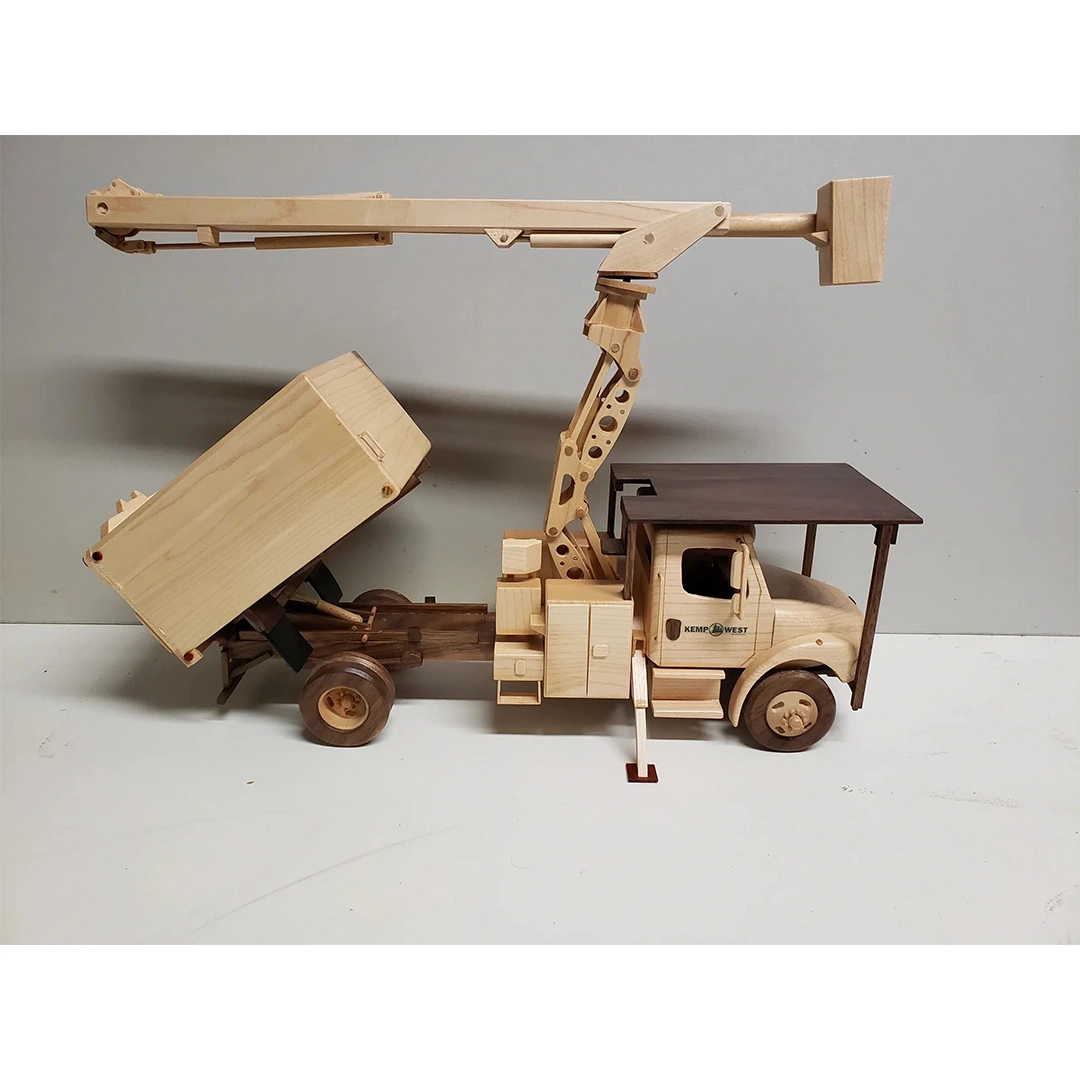

Artistic Models
Wood can be sculpted and carved to create artistic models and sculptures. Artists use wood prototypes to explore forms, textures, and expressions before executing larger-scale works.
Educational Models
Wooden models are often used in educational settings to teach concepts in various fields such as biology, engineering, and geography. They can range from anatomical models to topographic maps.
